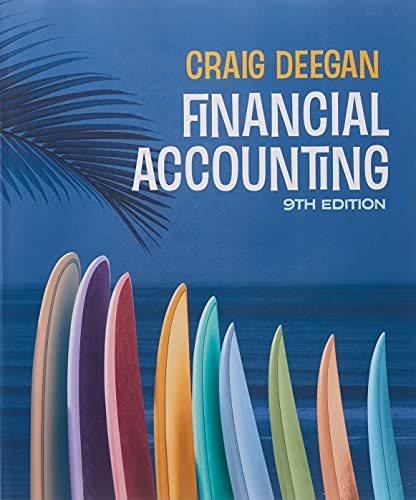Read the brief extract from an article by Sue Mitchell entitled Retailers face multibillion-dollar hit from proposed
Question:
Read the brief extract from an article by Sue Mitchell entitled ‘Retailers face multibillion-dollar hit from proposed lease accounting changes’ (The Canberra Times, 22 April 2015, Web) and answer the questions that follow.
Australia’s fastest growing retailers face a hit to their bottom line profits under proposed accounting rules that will force them to bring more than $40 billion worth of leases onto their balance sheets for the first time.
Under the latest changes to lease accounting rules put forward by the IASB, retailers such as Woolworths, Wesfarmers, Myer, David Jones, JB Hi-Fi, Harvey Norman, Specialty Fashion and Premier Investments will have to calculate the net present value of future lease commitments and recognise them as debt on their balance sheets. Instead of recognising rent payments as costs incurred, retailers will have to expense theoretical amortisation and financing costs. According to a report by Morgan Stanley, the impact on retailers will be ‘considerable’, blowing out gearing levels and reducing return on capital employed, but will vary from retailer to retailer.
KPMG audit partner Patricia Stebbens said the proposed changes would boost gearing ratios, forcing some companies to renegotiate debt covenants with bankers.
REQUIRED
1. Why would companies have preferred to treat the leases as operating leases (if there is an operating lease then the assets and liabilities associated with the leased asset are not shown on the statement of financial position) rather than finance leases (if the lease were a finance lease then the liabilities and assets associated with the lease would be shown on the statement of financial position)?
2. Explain why the change in the accounting standard for leasing might cause organisations to breach covenants included within debt contracts.
3. What is the difference between debt covenants that rely upon ‘floating GAAP’ and those relying on ‘fixed GAAP’, and which provide less risk to the borrower?
4. Which organizations would be more likely to lobby against the accounting standard?
Step by Step Answer:






